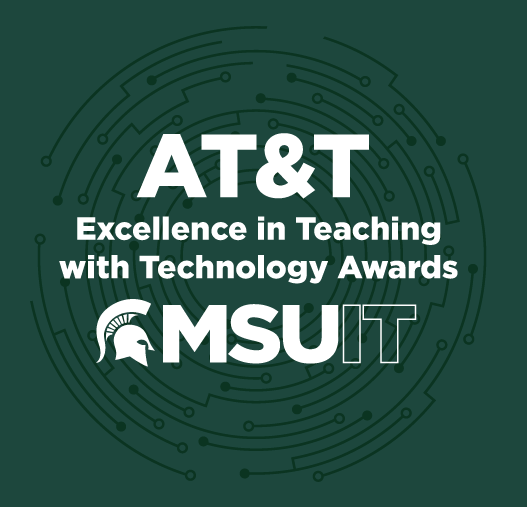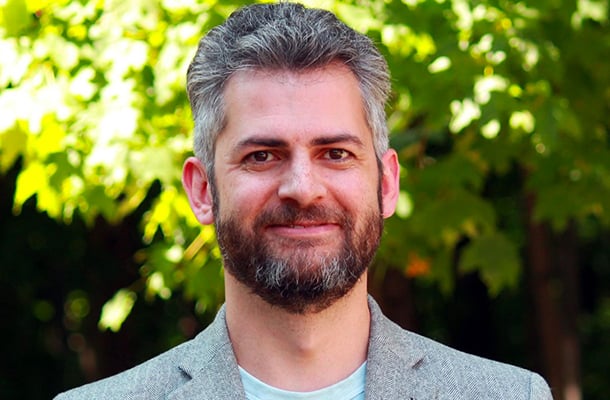The catalog name for the course is LB 322A: Advances in Science and Technology. Informally, I call it “Solving Wicked Problems through Critical Making.” Let’s take that piece by piece: “wicked problems” are those problems that persist despite significant effort from existing disciplinary approaches. Often, there is a lack of agreement about the cause of the problem, what a solution would look like, or even whether there is a problem in the first place. Students identify these wicked problems for themselves and then work in teams to study the issue using a methodology called “Critical Making.” Critical Making combines traditional critical scholarly research methods with more constructivist and creative approaches.
The aim is to move back and forth between creative and critical modes of inquiry in order to gain new insights into the wicked problem, understand why past responses have failed, and to inspire new paths forward for understanding and responding to the problem. In the classroom, the “making” half of the activity often involves arts and crafts cardboard prototyping, which is both fun and an effective pathway to gaining insights into the moral consequences of technical decisions. Big picture, the repeated, radical shift between different modes of engagement opens up opportunities for growth and deliberate practice across problem solving approaches, teamwork practices, content knowledge, and comfortability with uncertainty and disagreement.
Technology Used
am using a makerspace / arts and crafts studio called the Collaborative Experiential Learning Laboratory. Studios and makerspaces as a part of a learning environment are nothing new. However, my use of the CELL is innovative in at least four respects. First, it was designed by students. Second, I am not asking students to become proficient with the tools of the makerspace; rather, I am asking them to find familiar tools and materials and use them in an exploratory, non-instrumental way. Third, I am tightly coupling hands-on making with critical research in order to inspire new understandings rather than new products or expressions. And fourth, I am using a makerspace to teach philosophy to science students.
The CELL is a large makerspace and art studio in the basement of Holmes Hall. The space is equipped with a 3D printer and board games, Virtual Reality and glue sticks. There are tools for collaboration, team-building, arts & crafts, and prototyping.
Here is a summary of the equipment:
Computer Numerical Controlled Prototyping
- Prusa i3 MK3 3D printer
- Cricut paper, fabric, and vinyl cutter
- Carvey desktop mill
Tools for prototyping, repair, and making
- Janome DC5100 sewing machine
- Brother serger
- Dremel 3000 rotary tools
- Wood carving and woodburning set
- Jewelry making kit
- Glue guns
- Lego blocks
- Play-doh
- a wide variety of hand tools, including hammers, precision screwdrivers, clamps, levels, and hex wrenches
Documentation tools
- Instant cameras
- Audio recorders
- Green screen
- USB microphone
- BenQ HT2150ST 1080p short throw projector
- label maker
Electronics Prototyping Kits
- Raspberry Pi 3 B+
- Makey makey
- Arduino
- Flora
- a wide variety of sensors and actuators, plus alligator clips, breadboards, and soldering equipment
Games and teambuilding tools
- Giant Jenga
- Boggle
- Mysterium
- Pandemic
- Ticket to Ride
- Apples to Apples
- Hedbanz Act Up!
- Photosynthesis
- Nmbr 9
- Forbidden Island
- Story Cubes
- Cubetto robot coding set
- T-shirt iron-on transfers
- Button maker
- Sticker maker
Team Members
The many students in my LB 322 classes.

